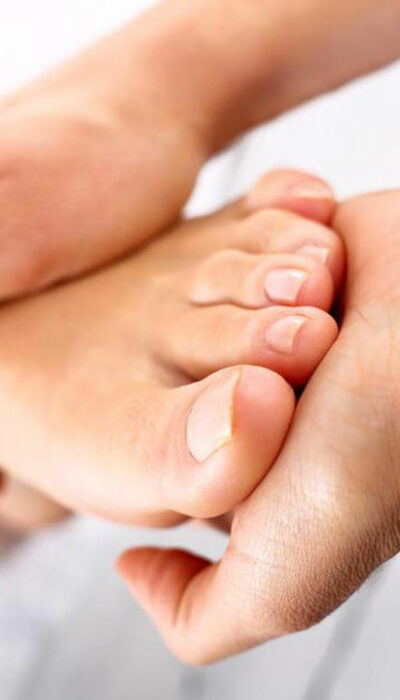
All You Need to Know About the Diagnosis of Rheumatoid Arthritis
Rheumatoid arthritis is an autoimmune disorder that causes inflammation in your joints. Here is everything you need to know about the diagnosis of rheumatoid arthritis. Rheumatoid arthritis (RA) is an autoimmune disorder that causes inflammation in your joints, usually, the small joints of your hands and feet. Affecting around 1.5 million people in America, this form of arthritis can lead to cartilage damage, if it is left unchecked. It is much more common in women and generally occurs in individuals over the age of 40. Apart from affecting the joints, rheumatoid arthritis can also cause problems in other organs of the body like the eyes, blood vessels, skin, and the lungs. Fatigue, fever, morning joint stiffness, swollen and tender joints, and weight loss are some of the signs and symptoms of rheumatoid arthritis. In most cases of this type of arthritis, the symptoms are symmetrical. In other words, most often than not, the same joints are affected on both sides of the body. The rheumatoid arthritis symptoms vary in severity from one person to another. They also tend to come and go; the periods of the symptoms flaring up will alternate with periods when the symptoms go into remission. Over a period of time, as this disease progresses, it can cause the joints to shift out of place and deform. No known cause of rheumatoid arthritis has been found yet, therefore, the treatment plan basically focuses on easing the pain associated with rheumatoid arthritis and the discomfort caused due to joint stiffness. The treatment plan can only go into action after the diagnosis of rheumatoid arthritis is made. It can be quite difficult to diagnose rheumatoid arthritis because there are many conditions that cause joint inflammation and joint stiffness. Also, there is no single definitive test for this type of arthritis.










